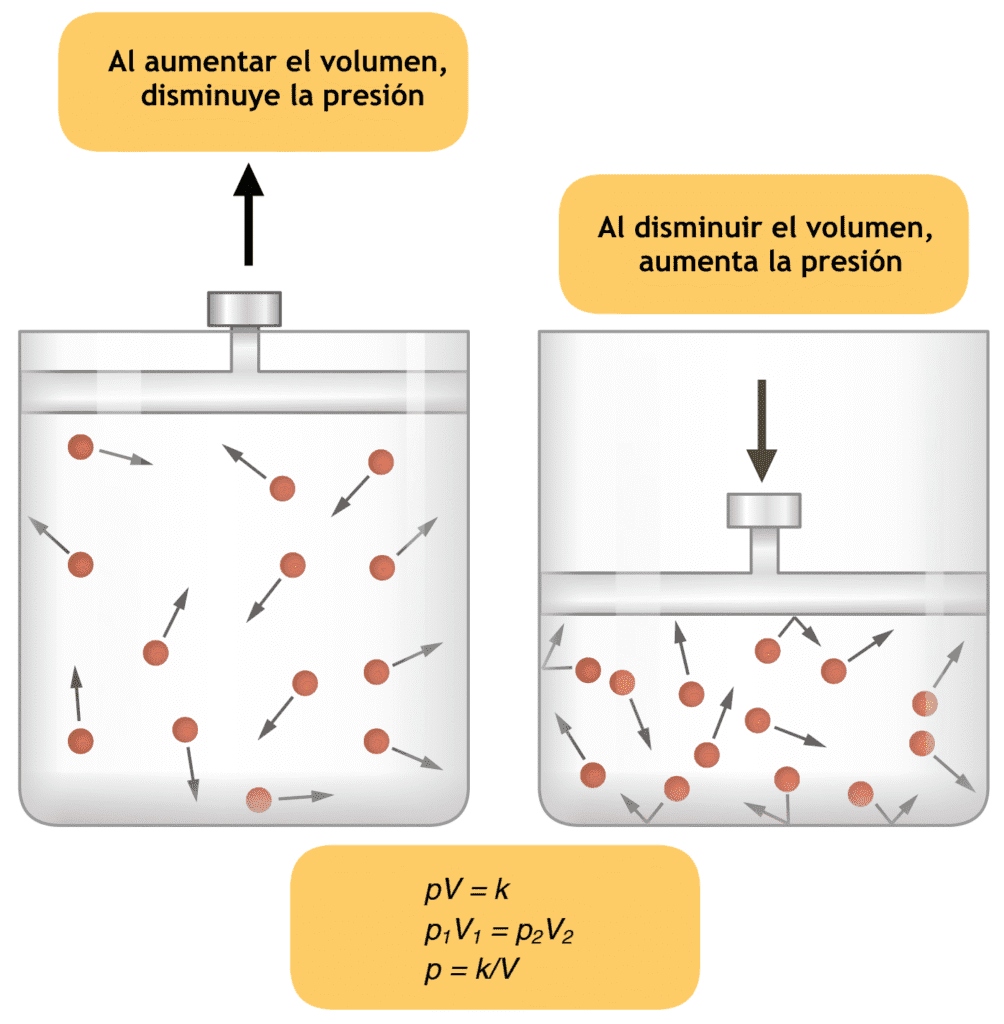The reduced cerebrovascular resistance at the site of Arteriovenous Malformations AVMs lead to an increase in blood flow to this area and the formation of a lower resistance shunt along with peri-infarction oedema. They usually represent a high-flow and low-resistance shunts with systemic arterial pressure more than the vascular intramural pressure ; so, rupture does not appear to be clinically associated with acute or chronic hypertensive episodes.
 Patients with arteriovenous malformations are young and present with haemorrhage and its sequelae or seizures.
Patients with arteriovenous malformations are young and present with haemorrhage and its sequelae or seizures.
Preoperative embolization has dramatically changed the surgical demands of AVM resection, sometimes the residual Arteriovenous Malformations AVMs remains highly vascular and may result in extensive blood loss during resection.
Thus preoperative assessment should include establishment of adequate intravenous access and cross-matching of compatible blood. Moreover, intraoperative coagulopathy may develop in these patients.
Before to the advent of focused, high-dose radiation and cerebral angiography, the historical treatment of AVMs was associated with a high morbidity and mortality.
Just as intraoperative aneurysm rupture can result in frank haemorrhage, Arteriovenous Malformations AVMs resection can result in large blood loss aggravated by coagulopathy.
Miller’s Anesthesia 7th edition says:
“For most intracranial AVMs, the general considerations are similar to the considerations appropriate to aneurysm surgery: avoidance of acute hypertension and the capability to manipulate blood pressure accurately in the event of bleeding. A problem that is specific to AVMs is the phenomenon known as “perfusion pressure breakthrough,” or cerebral dysautoregulation.”

